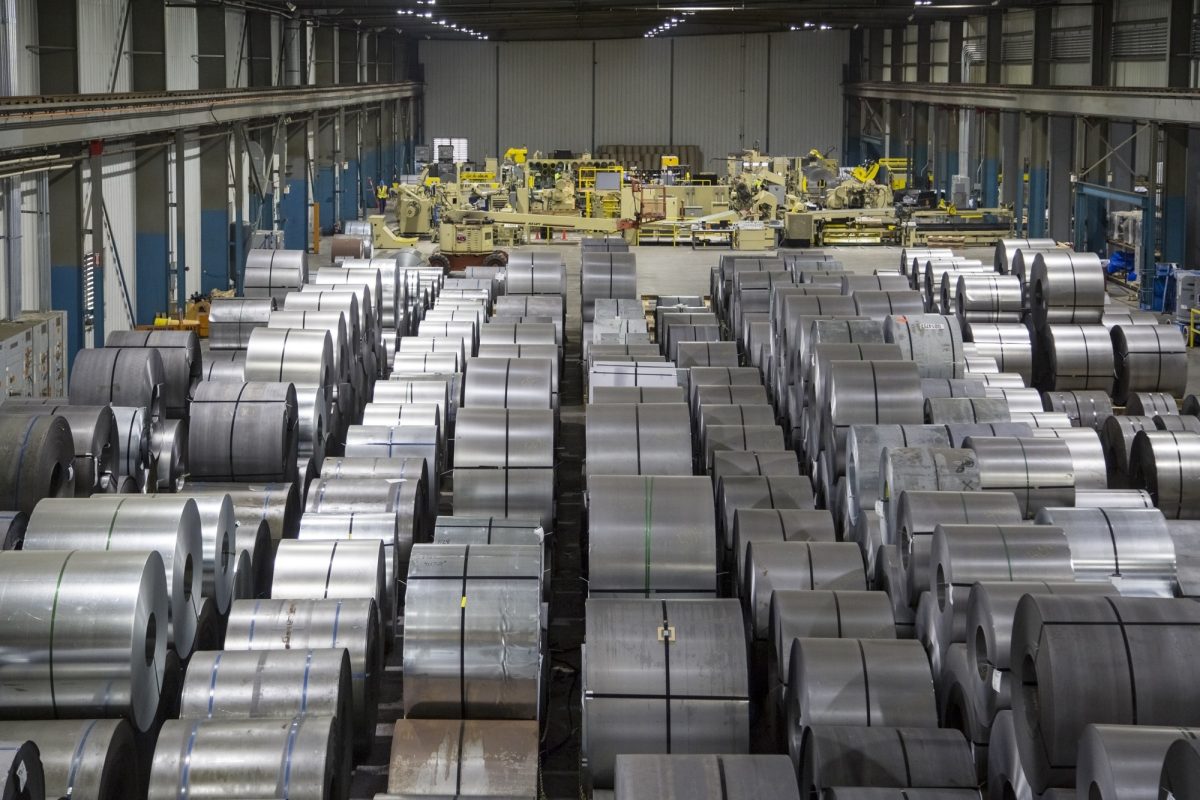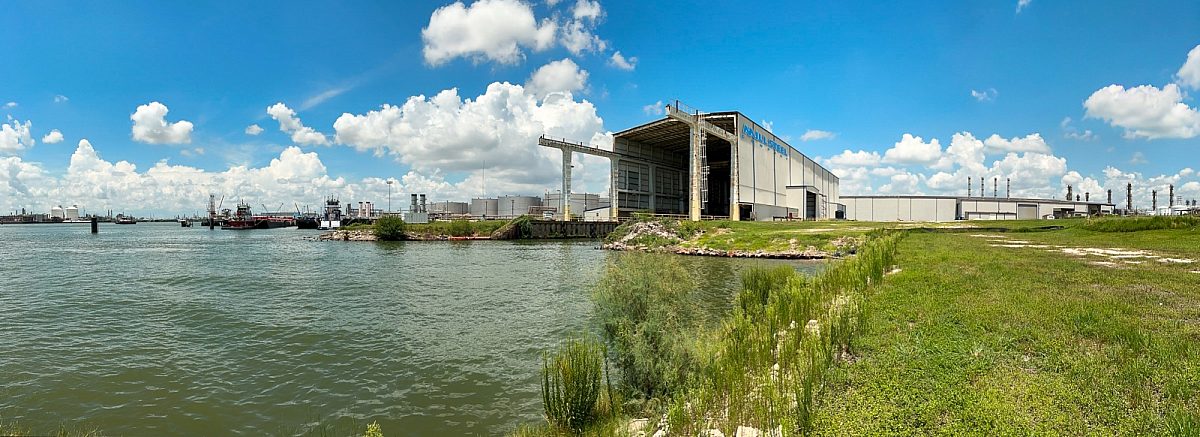Stainless Steel vs. Aluminum: Which Material is Right for Your Application?

Choosing the right material is critical to the success of any project. When it comes to stainless steel and aluminum, each material offers unique advantages. Understanding their differences will help you select the best option for your performance requirements, budget, and end-use application.
Key Differences Between Stainless Steel and Aluminum
Both stainless steel and aluminum are durable, corrosion-resistant materials, but they perform differently under various conditions. Here’s a quick comparison:

When to Use Stainless Steel
As a leading metal supplier, we recommend stainless steel for applications that demand superior strength, longevity, and corrosion resistance. It’s especially well-suited for:
- Structural components requiring load-bearing strength
- Food and beverage equipment where sanitation is crucial
- Chemical processing equipment exposed to harsh environments
- Architectural projects that demand aesthetic appeal and durability
- Automotive and transportation parts needing high strength
Stainless steel is also an excellent choice when life cycle costs are a consideration. Its durability often offsets the higher initial investment by reducing maintenance, repair, and replacement costs over time.
When to Use Aluminum
Aluminum is the material of choice when weight savings, ease of fabrication, and corrosion resistance are essential. Ideal applications include:
- Transportation: Aerospace, automotive, and marine industries benefit from aluminum’s lightweight properties, leading to improved fuel efficiency.
- Construction: Curtain walls, window frames, and roofing benefit from aluminum's formability and resistance to the elements.
- Electrical applications: Thanks to its high conductivity, aluminum is widely used in power lines and other electrical infrastructure.
- Consumer products: Laptops, smartphones, and sporting equipment often utilize aluminum for its strength-to-weight advantage.
Aluminum is also highly recyclable, making it a sustainable choice for companies focused on environmental responsibility. In fact, according to The Aluminum Association, making recycled aluminum only takes around 5% of the energy needed to make new aluminum. This reduces carbon emissions and saves money. As a result, 75% of all aluminum ever produced is still in use today.
Factors to Consider When Choosing
When deciding between stainless steel and aluminum, consider the following:
- Strength requirements: Stainless steel for higher load-bearing needs.
- Weight restrictions: Aluminum for lightweight designs.
- Environmental exposure: Stainless steel for highly corrosive environments; aluminum for general outdoor use.
- Cost parameters: Aluminum typically offers lower material and processing costs.
- Fabrication process: Aluminum is easier to machine and form, while stainless steel provides added durability post-fabrication.
Working with a knowledgeable stainless steel supplier and aluminum supplier like Mill Steel ensures you receive material tailored to your specific needs – delivered to your exact specifications with quality, consistency, and service you can count on.
Why Partner with Mill Steel Company?
At Mill Steel, we are committed to helping our customers succeed. Whether you need stainless steel, carbon steel, or aluminum, our team of experts is ready to support your projects with:
- A wide range of grades, sizes, and finishes
- Nationwide distribution capabilities
- Customized supply chain solutions
- Dedicated customer service
- Value-added processing services like slitting, cut-to-length, blanking, and more
Contact us today to discuss your needs or to request a quote!


